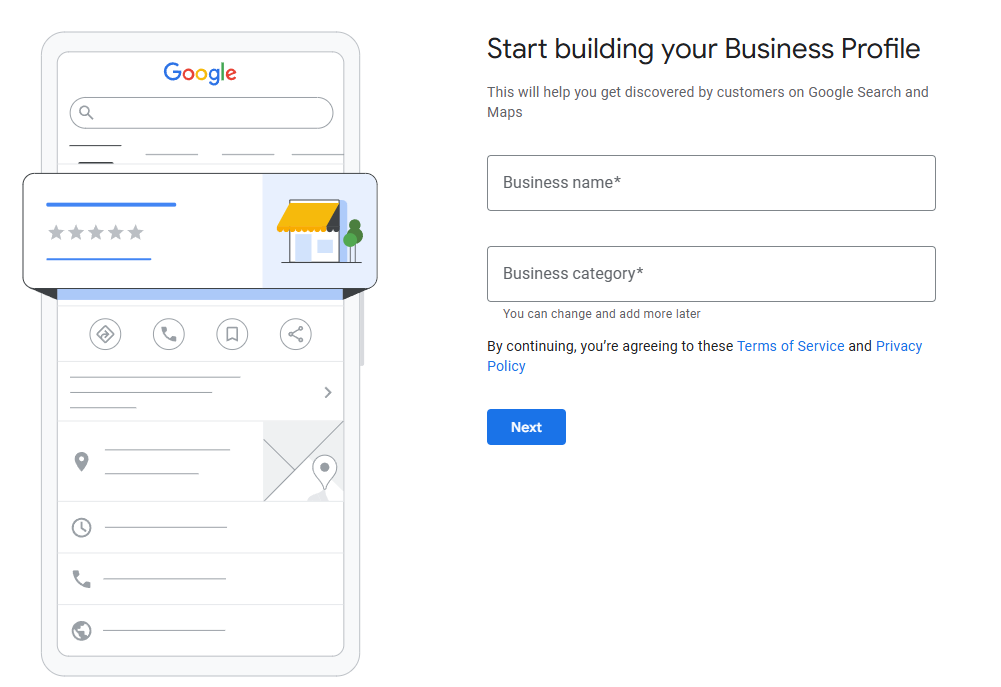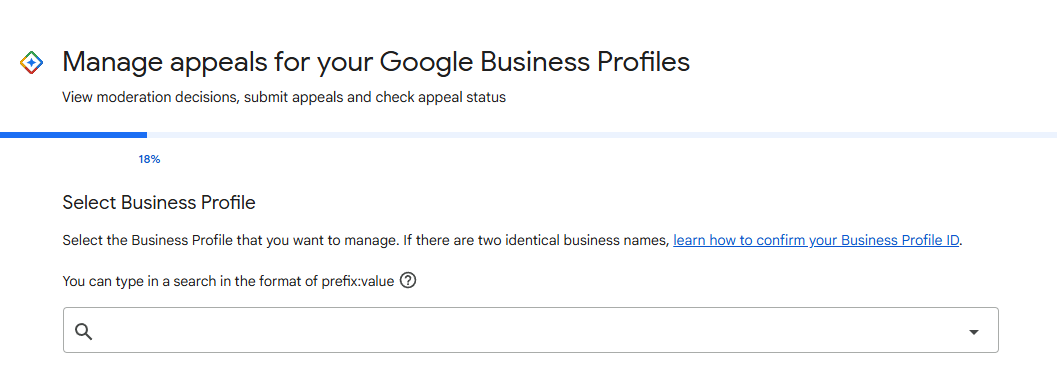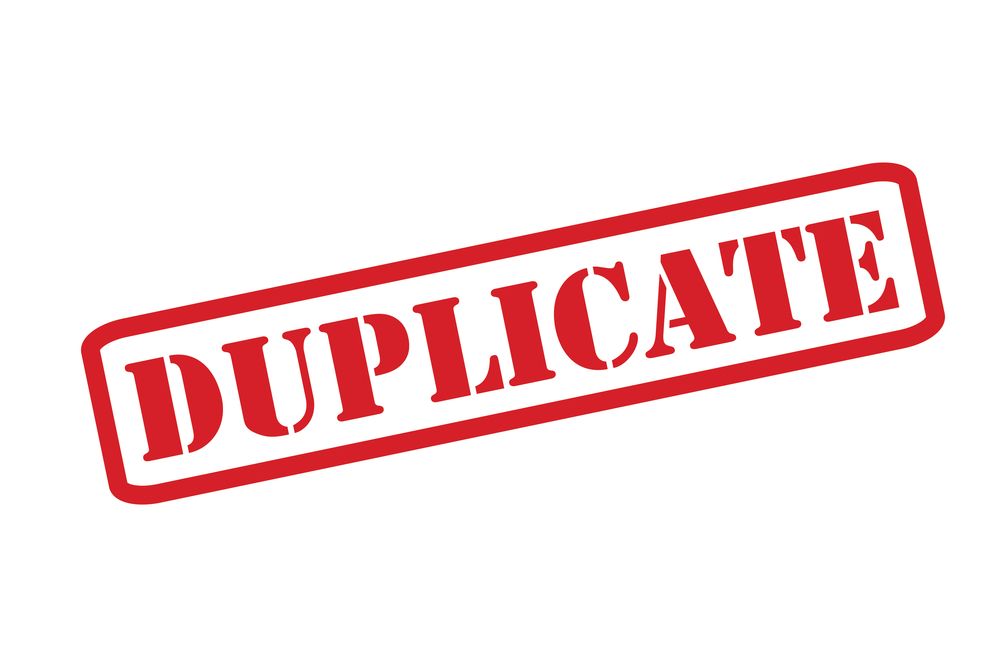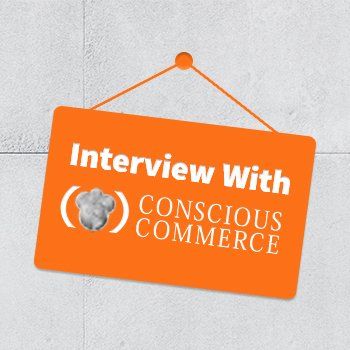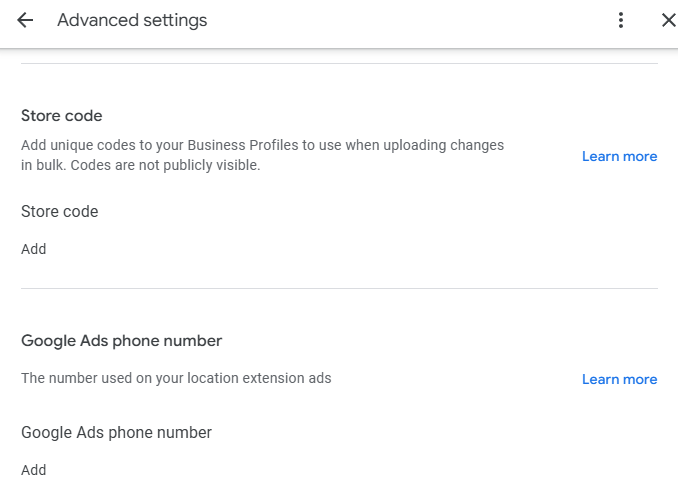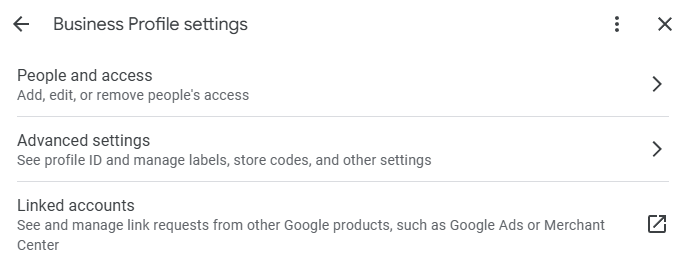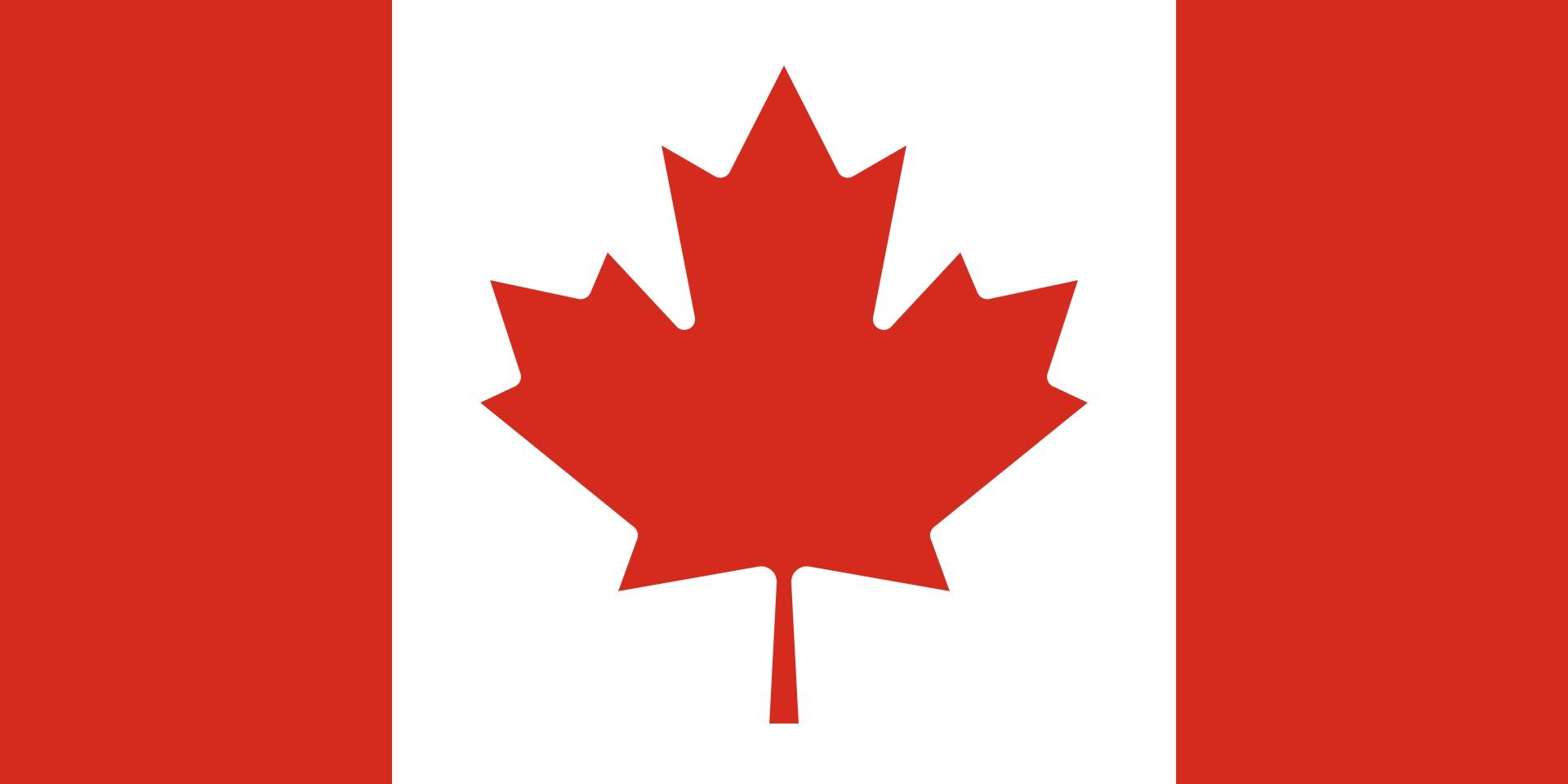Why Award-Winning Integrated Marketing Agency Conscious Commerce Switched to Duda
By Shoshana Brickman on June 10, 2016
Conscious Commerce is an award-winning integrated marketing agency that, over the past several months, has moved almost all of its clients to Duda. In fact, Duda is the core of Conscious Commerce’s integrated platform, which gives clients an enriched business model for engagement.
Company founder and CEO Brandon Klayman credits Duda’s easy-to-use responsive website builder with enabling his clients to spend more time on their marketing strategies and less time worrying about technical issues.
We spoke with Brandon to hear about how Duda fits into his integrated offerings. Here’s what he had to say.
Duda: First of all, can you tell us a bit about Conscious Commerce? So readers know where you’re coming from.
Brandon: Sure, thing. Conscious Commerce is an integrated marketing agency provider that specializes in giving small businesses a powerful, marketing-oriented platform that aims at getting their ROI on track. We started back in 2004, focusing on medical and holistic healthcare, and have branched out since then. Today, we are a digital agency that focuses on live engagement and email marketing. Our goal is to get measurable responses for our clients.
Duda: How did you get started with Duda?
Brandon: We started using DudaMobile back in 2014, as a way of creating mobile sites for our clients. When Duda came out with its Responsive Website Builder, we knew our search for a website builder was over. Then Duda introduced the blog and eCommerce features, and we knew we had all that we needed.
Duda: Do you mean to say that you don’t use any other content management systems (CMS) anymore?
Brandon: Not really. We have one client that still uses WordPress, but have moved all the rest to Duda.
Duda: How do you pitch Duda to your clients?
Brandon: Well, we make it clear from the start that we are selling a complete solution: website building, scheduling, and email marketing, and all of it is integrated with the Duda platform. We show our clients real case studies based on Duda’s strength and this really gets them excited.
One thing we talk about is all the functionality they get with the Duda platform. Can they do a form? Yes. Can they manage their website easily? Yes. Can we make sure they get Constant Contact? Yes. Can they get lead generation? We make it clear that this platform enables us to grow their business because we don’t get bogged down with the platform itself. We also tell clients that with Duda, our websites are hosted by Amazon, and this means they have a real worry-free solution. Performance is great and the use of CDN technology means that their sites always load quickly because the server that’s called to load the site is as close as possible to the person trying to access it.
Duda: What are some of Duda’s advantages over other CMS?
For one thing, our expenses are much lower with Duda. With other CMS, even free open source ones like WordPress, a lot of the money went into development, because it could take a developer a couple of months to build a site. With Duda, building the website takes much less time, and incurs much fewer expenses.
Duda: Can you estimate just how much time you save building a website with Duda?
Brandon: Quite a lot. Let’s say it used to take us about 1 hour to build a page in WordPress; we can accomplish the same thing with Duda in about 15 minutes. Here’s how it works for us – we give our clients Duda and tell them to pick a template. This means they start with something that already has design intelligence. In the past, they had an open palette, and this meant we spent a lot of time creating what they wanted.
Duda: What about the time it takes to maintain a site after it has been built?
Brandon: An open source CMS requires management all the time. It’s an ongoing process. With Duda, things are much easier. Clients can maintain the site themselves if they want. We don’t need to use a developer for every change.
Duda: Any other features that give Duda a boost over the rest?
Brandon: Another thing we love about Duda is its focus on SEO, which opened us up to becoming more involved in SEO. We offer our clients additional SEO services as well, but in every website we build, we incorporate a complete SEO setup through Duda. This includes descriptions, title tags and Google analytics integration.
Duda: I understand that all your clients use the Site for Life option. This means they own their sites forever, and never have monthly or annual fees. Can you tell me more about that?
Brandon: Yes, we really like the Site for Life license option. It means that clients will always own their sites, and the sites will always have access to all features. We also love the fact that all of the websites are hosted by Amazon, and that every website has unlimited updates. This is a real worry-free solution. My websites have never had any down time with Duda, and that’s a real plus for my clients.
Duda: From your client’s perspective, what advantages do they get with Duda?
Brandon: For one thing, Duda is really easy to use. It only takes about 30 minutes to teach our clients how to use Duda and then they can handle a lot of things on their own, if they want. It’s magical really. They just drag and drop to create pages and popups. Clients are fully involved while we build their website. They can go into the site, update the content, really get involved.
Duda: And what about if they make a mistake? Do you worry about that?
Brandon: Not at all. We give customers complete reign. We do the training and they can take it from there. Luckily, because of the backup, if they screw anything up, we can simply restore the site.
Duda: What else do your clients gain from Duda?
Brandon: Because Duda is so easy to use, we don’t need to spend a lot of time talking about technology. And they don’t waste their marketing budget paying for a developer. Instead, we have conversations about achieving goals, and they can focus on marketing and sales. The Duda dashboard tells us all sorts of analytics and measurable engagement, and we use this to teach our clients how to market.
Duda: Would you say that Duda lets your clients focus on their business, rather than their website?
Brandon: Yes, definitely. With Duda, clients can just pick a template and get started.
Duda: As a DudaPro, you could use our white label product to build websites for your clients. Instead, you choose to keep the Duda brand out there. Can you tell me a bit more about this?
Brandon: Even though we are a white label partner, we like to leverage our partnership brand and show clients that we are working with Duda.
Duda: Before we go, can you give me an example of a recent integrated marketing campaign that really shows the power of your Duda integration?
Brandon: We’re really pleased with a campaign we’re running for a company with 11 store locations. We’ve set up micro pages for each location and each one acts like a mini landing page. These pages enable our clients to get bookings for scheduled events, manage line-ups and customers and ultimately, sell more.
We aren’t using popups for this campaign; instead, we are using inSites that are embedded in the website, and these inSites trigger signups. There are lots of moving parts, all of which come together on a single landing page.
Earlier this year, Conscious Commerce was awarded Best Integrated Online Marketing Campaign from Constant Contact, a leading email marketing software provider. To see a few demos of Conscious Commerce’s award-winning sites, all of which were built with Duda, click here.
By Shoshana Brickman on June 10, 2016


